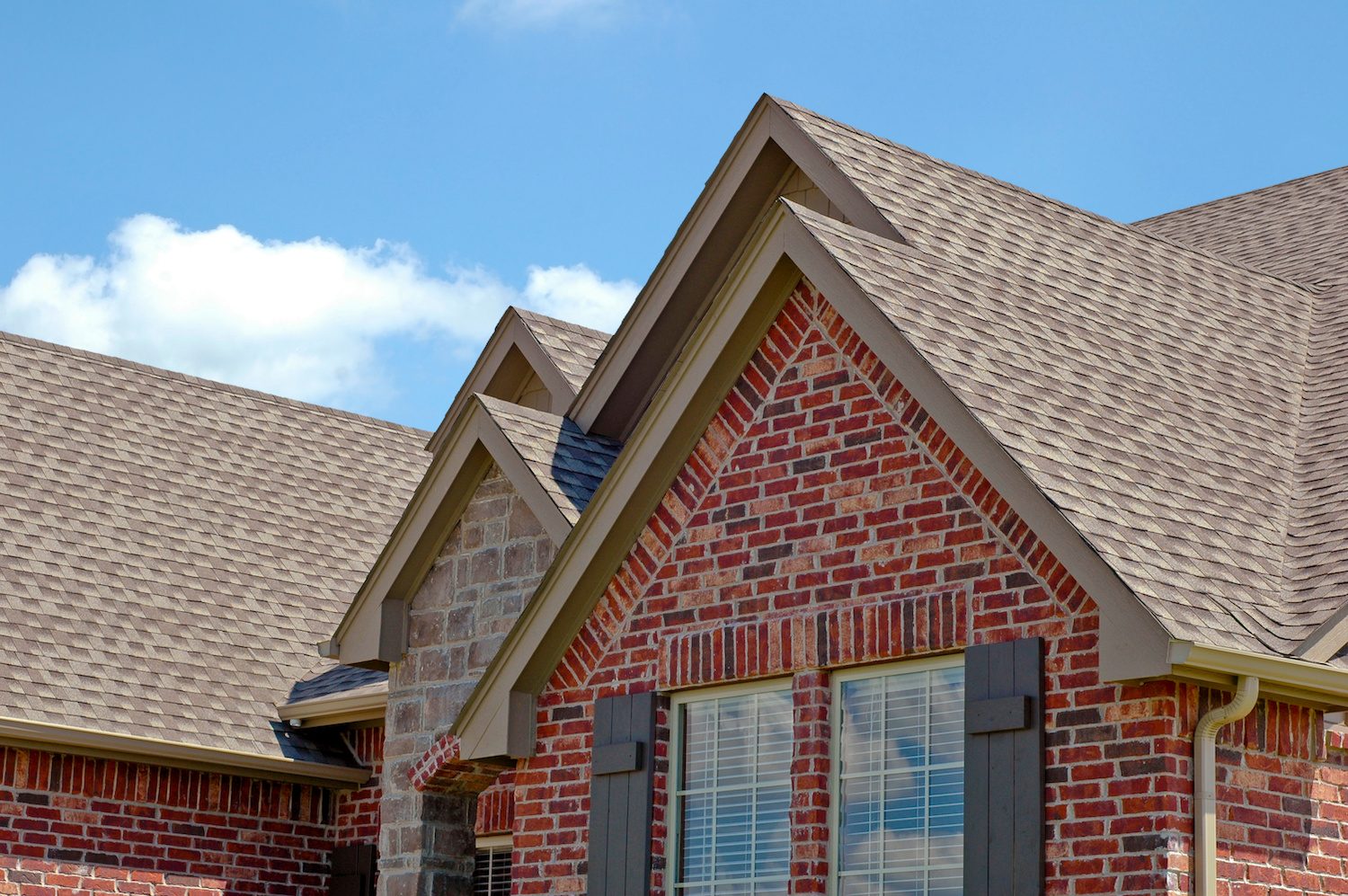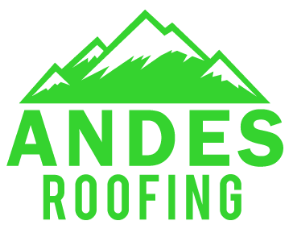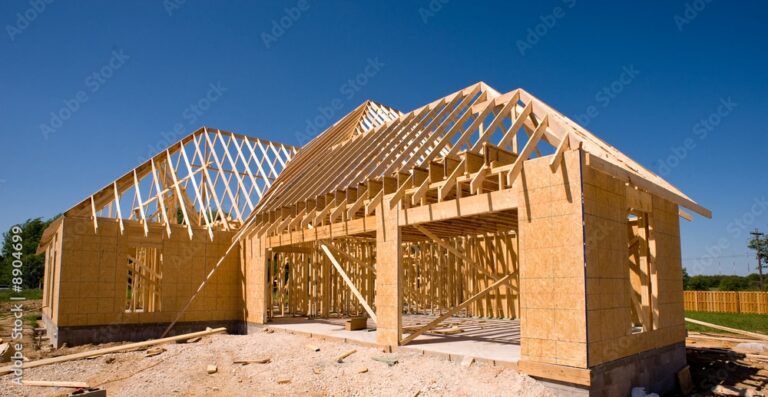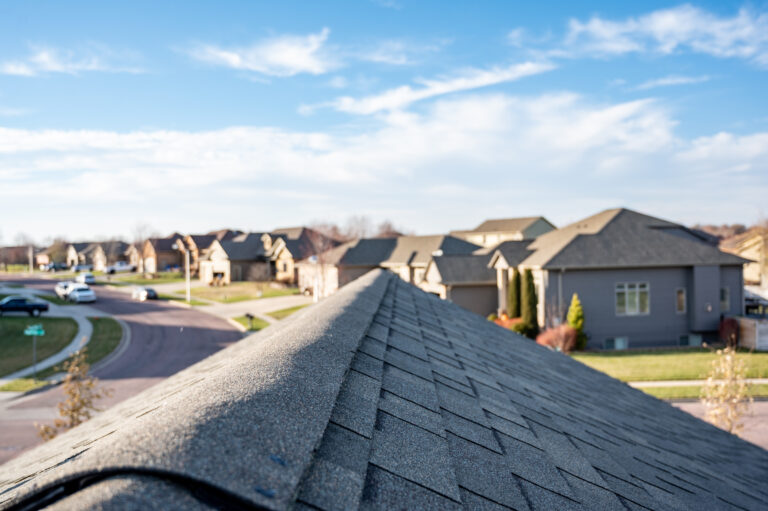When purchasing a house, finding the age of the roof is a critical part of the process. It will help determine the value of the place. It will also enable you to plan for future potential costs like roof repairs.
Every roof ages differently depending on materials used, location and weather, construction, and the previous owner’s maintenance habits. If you’ve ever asked “how old is my roof,” here’s how you can find the answer.
1. Ask the Previous Owners
A significant item to check off your pre-purchase checklist is a sit down with the house owners. Most homeowners do not mind answering a few questions. Simply ask them: “how old is my roof?”
You can also ask about the state of the house and the date of installation or last replacement. If they do not know, you can use step two.
2. Find the Building Permit
This option is a quick and easy process if you are in an area that requires permits for roof installations.
Contact your local or county government for a copy of the permit. It will have the exact installation date and help you accurately date the roof. If you are unsuccessful with your endeavors at the county office, you can try step three.

3. Ask the Roof Replacement Company
The landlord or the previous owners may not remember exact dates, but they may have a record of who replaced the roof last. Roofing companies will keep detailed records of all their repairs and installations. Call and ask them for a copy of the receipt from the last replacement. If the roof wasn’t replaced recently or the company does not exist anymore, you can try the next step.
4. Get an Estimate
Call a home inspector or a roofing company to inspect your roof. Since they are professionals, they can more accurately estimate the age of your roof. They know what to look for and will give you a better estimate.
5. Check Out Your Attic
Head up to your attic and conduct a thorough inspection on the inside of your roof. Doing a check can help you estimate the age of your roof. Specifically, it will help you know if your roof is too old and needs replacing.
Immediately contact a roofing contractor if you notice any classic signs of old age in a roof, including:
- Sagging areas
- Leaks
- Dark streaks and stains
6. Damaged or Missing Shingles
As shingles age, they degrade and take on a warped shape. This aging compromises the structural integrity of the house. It’s crucial to take regular stock of your shingles.
If you notice that your shingles are peeling and curling at the edges, it is time to replace your roof. This process is called curling and shows that your roof is quite old. Similarly, any buckling of the shingles signifies a degrading roof. However, these could result from improper ventilation or installation. Contact your local roofing company for a professional assessment.

Any holes in the shingles are known as blistering. It can occur when your roof overheats due to poor ventilation. It is also a sign of an aging roof, beaten by the elements.
7. Missing Granules
Any roof made of asphalt shingles has granules. These granules protect your roof from:
- Rain
- Hail
- Snow
- UV rays
Without them, your asphalt roof will crack and fall off. If you notice any large, dark patches along your roof, you’re missing granules. This sign can indicate an aged roof.
With missing granules, your roof has bald spots. These bald spots make your shingles more prone to weather damage. The more missing granules you have, the higher the chance your roof needs repairs.
8. Damaged or Missing Gutters
Gutters and flashing direct rainwater away from your roof and into the drainage system. They are spread around at junctures and corners. Gutters help keep your roof free of moisture. Harsh weather can cause damage to gutters. However, if you notice deteriorating or falling gutters, this is a sign of old age. You may also catch water leaks in your home.
9. Damaged or Clogged Valleys
A roof valley is a spot where two roof slopes meet. It funnels debris and water to your gutters for proper drainage. The valleys are independent of the gutters and can offer valuable insight into the condition and age of your roof.
As your roof ages, the valleys become less effective. This process causes shingles to curl and the deterioration of gutters. Older valleys also lead to the pooling of water in the attic and water leaks. A damaged roof valley may collect debris and cause a pest infestation.
If you notice large amounts of debris in your roof valley, clean out your valleys immediately. Sagging valleys will cause poor drainage, so have your roof checked by a professional.
10. Moss
Moss is a serious threat to the longevity of your roof. If you notice moss growing, especially for an extended period, it may be a sign to get a new roof. Moss traps moisture, creating the perfect environment for mold, decay, and rot.
There is a reason why the charming old houses have moss-filled roofs. It is usually not a good sign for your roof or bank account. However, you can tackle moss as soon as it starts to happen. Mix water and bleach and scrub it away. You can also soak your tiles for 45 minutes in a mixture of equal parts distilled vinegar and water and then scrub it off.
Nonetheless, when you notice moss growing on your roof, you should contact a roofing contractor. They will assess your roof and determine if it needs cleaning, repairs, or replacement.
Final Thoughts
You need to ensure you know the age of your roof for your peace of mind and financial planning. Roofs, if installed well, last 20 years with minimal maintenance needed.
Depending on your area and the weather, your roof could last for longer. However, you should keep an eye out for signs of damage so you can do repairs and replacements before it gets dire. Now you don’t have to wonder “how old is my roof” ever again!






